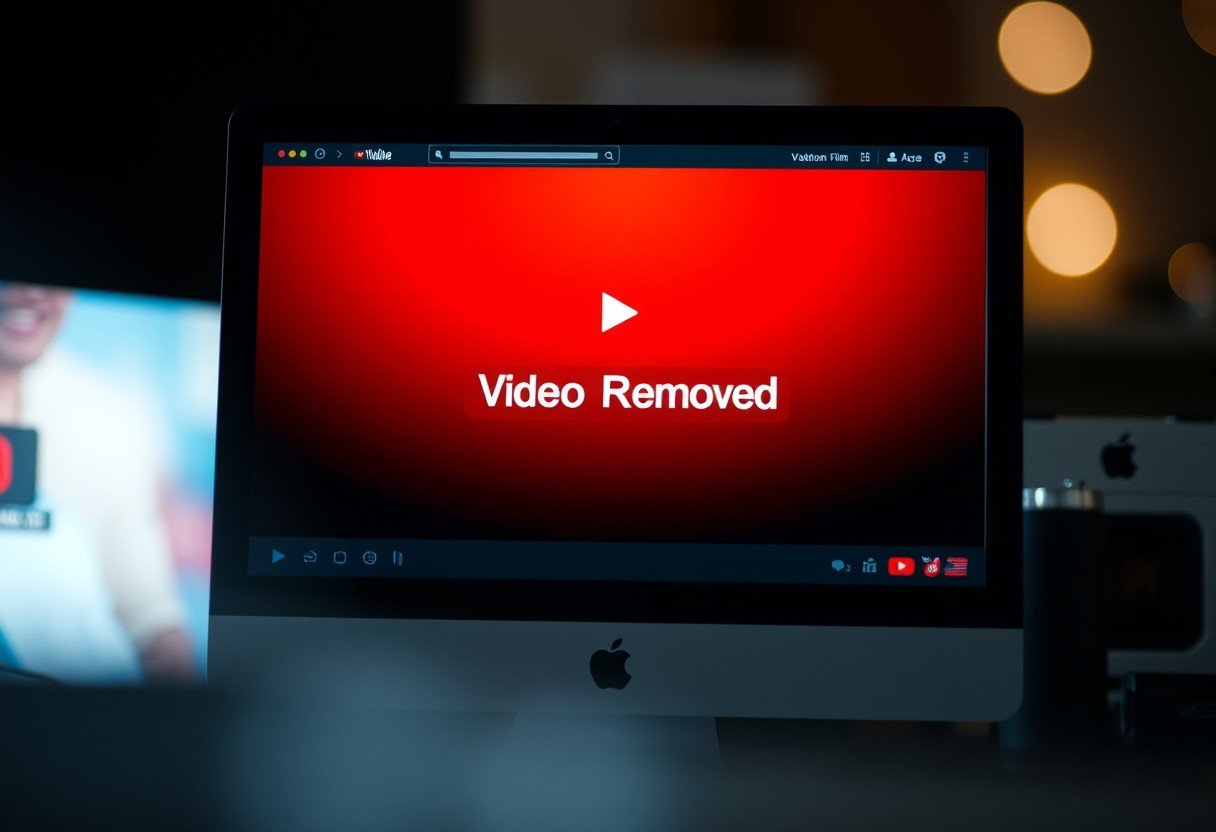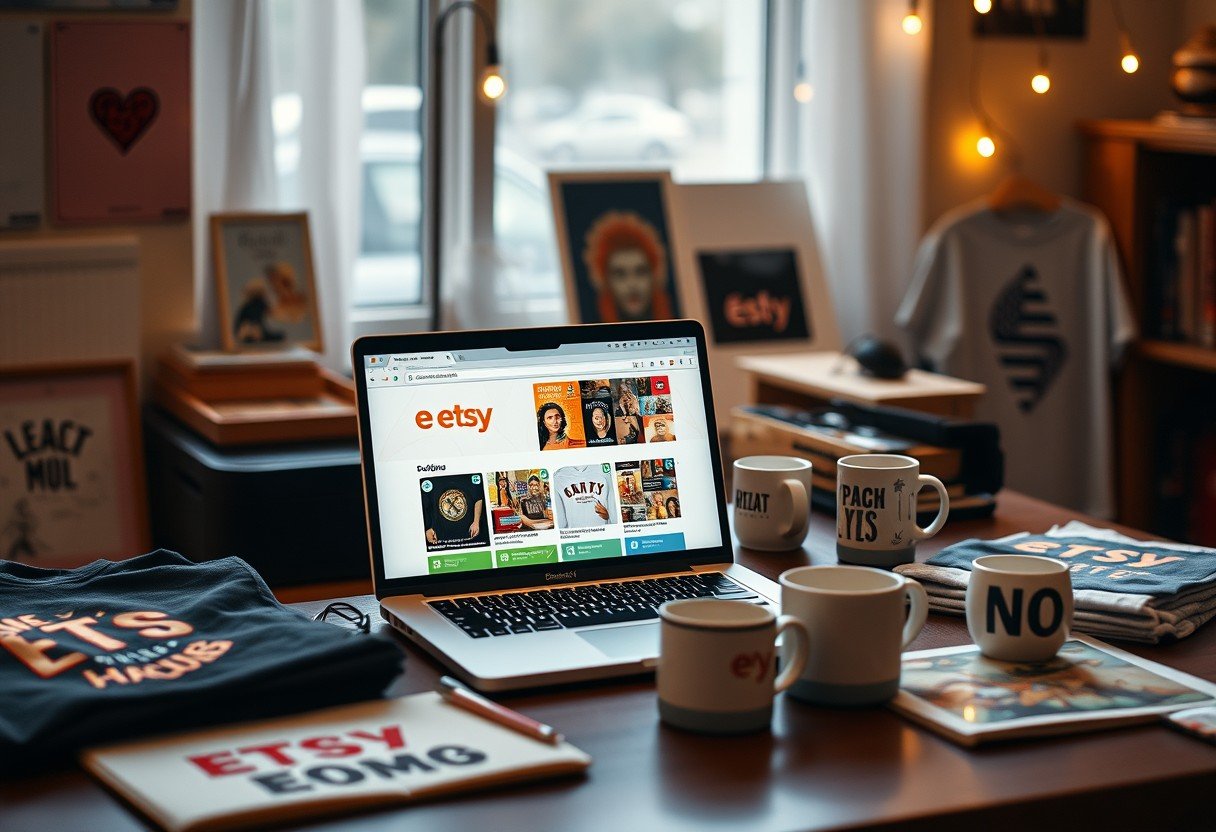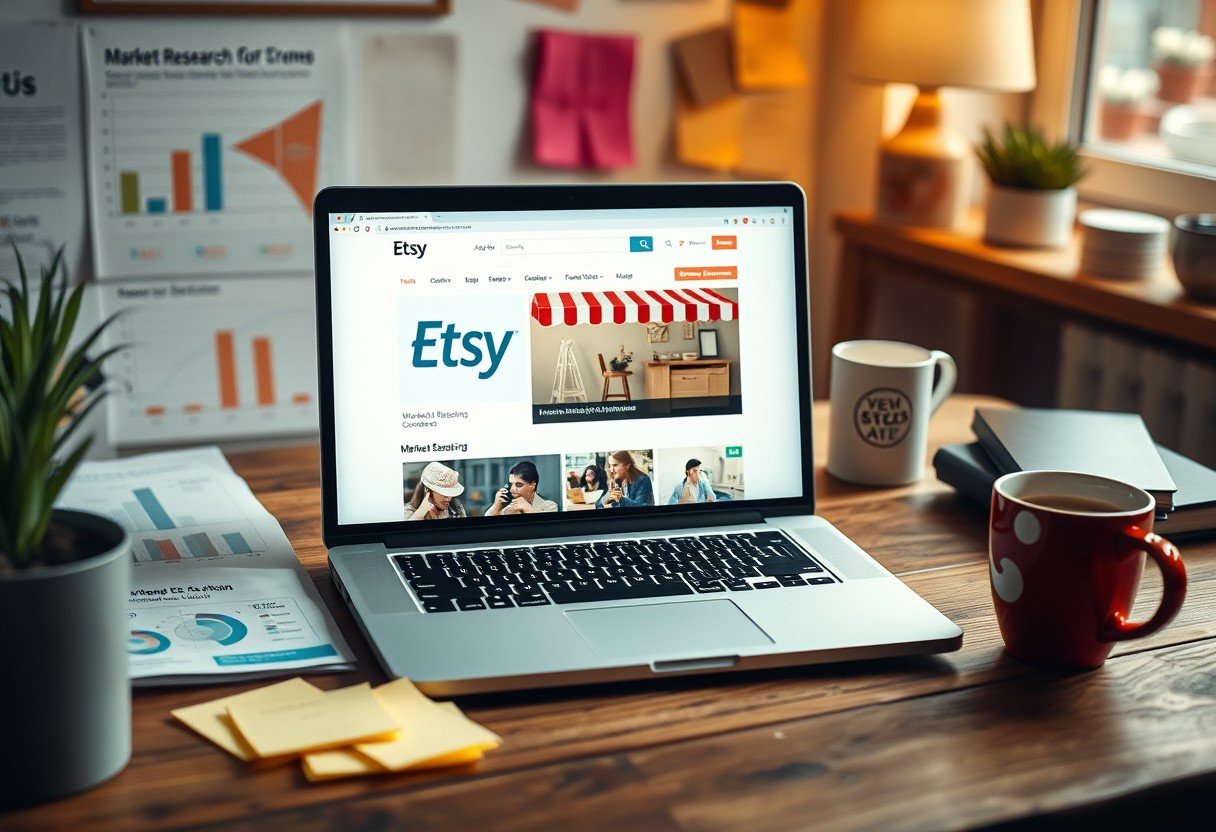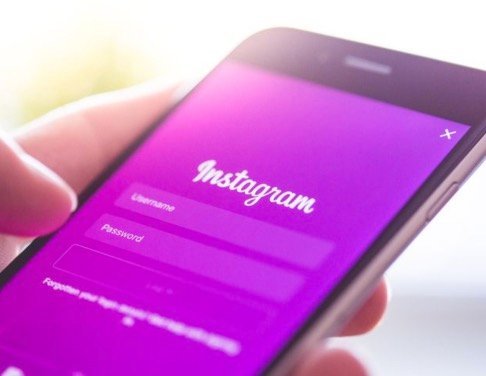When launching or rebranding a business, visual elements like color and design are far more than just decoration. They are powerful tools that speak directly to your customers on a subconscious level. These choices influence everything from mood and brand recognition to how people perceive your company’s professionalism and values. Getting your design right from the start can set the stage for long-term success, while a poor choice can create an uphill battle for customer trust and memory.
The Psychology of Color in Branding
Color is a fundamental part of how we experience the world, and it has a profound psychological impact. Studies have shown that colors can influence not only our mood but also our physical sensations. For example, certain shades can make us feel warmer or cooler, and they can directly affect our mental state. This is a critical factor for any business to consider when building a brand identity.
For instance, the color green is often associated with calmness and nature, but research also suggests it can enhance mental acuity and creativity. On the other hand, red is known to grab attention and create a sense of urgency, which is why it’s so common in sales and clearance signs. Choosing the right color palette is about aligning these psychological triggers with the message your brand wants to send.
Understanding these associations allows a business to communicate its core values without saying a word. A brand that wants to be seen as trustworthy and professional might lean towards blue, while one focused on energy and youth might opt for orange or yellow.
| Color | Common Psychological Association | Often Used By |
|---|---|---|
| Red | Excitement, Urgency, Attention | Food, Entertainment, Retail |
| Blue | Trust, Security, Professionalism | Finance, Technology, Healthcare |
| Green | Health, Nature, Wealth, Calm | Environmental, Health, Financial Services |
| Yellow | Optimism, Warmth, Clarity | Food, Energy, Children’s Products |
Why a Good Logo is a Silent Ambassador
Beyond color, the overall design of your logo is your company’s visual cornerstone. A well-designed logo can create instant brand recognition, even without the company name attached. Think of the world’s most iconic brands; their logos are immediately identifiable and evoke feelings and associations built over years of marketing and customer experience.
The investment in a great logo can be substantial, highlighting its importance. For example, when BP rebranded its logo to the current “Helios” sunflower design in 2000, the effort cost the company a staggering £136 million. This wasn’t just for the design itself but for the massive undertaking of updating its image across thousands of global locations. This level of investment shows that major corporations view their logo as a critical asset, not a minor detail.
A logo works for your business 24/7. It’s on your products, your website, and your marketing materials, constantly reinforcing your brand’s presence in the minds of consumers. A strong, memorable logo makes your business easier to find and remember in a crowded marketplace.
Key Elements of Memorable Business Design
Creating a design that sticks requires a careful balance of several key elements. It’s not just about picking a nice color and a fancy font. The combination of shapes, imagery, and even empty space contributes to a cohesive and effective brand identity. Getting this balance right is what separates forgettable brands from iconic ones.
Some of the most critical factors to consider include:
- Brand-Appropriate Design: The style should match the industry and target audience. A law firm’s logo will look very different from a toy store’s, and for good reason.
- Memorable Simplicity: The best logos are often the simplest. A clean, uncluttered design is easier to recognize, recall, and reproduce across various media.
- Proper Use of Negative Space: Clever use of the empty space in and around a design can add depth and even hidden meaning, making a logo more engaging.
These elements can also be used to subtly hint at what the business does. The old Burger King logo, for instance, cleverly sandwiched the brand name between two bun halves, making it instantly clear what the company sold. This kind of thoughtful design makes a brand more intuitive and relatable to customers.
Crafting an Image: Perception versus Reality
Interestingly, a logo doesn’t have to be a literal representation of a company’s products or services. In many cases, it’s used to project a desired image or idea, even if that image contrasts with the company’s core operations. The goal is to shape customer perception in a way that benefits the brand.
The BP sunflower logo is a perfect example of this strategy. Despite being an oil and gas giant, a business often criticized for its environmental impact, BP chose a logo that evokes nature, sustainability, and green energy. This was a deliberate choice to project a more environmentally conscious image to the public, regardless of the realities of their industry. This shows the power of design to steer a narrative and influence what customers believe about a company.
Translating Brand Identity to Your Website
In the digital age, the principles of color and design are just as crucial for your website as they are for your logo. A company’s online presence is often the first point of contact for new customers, and the website’s design must be efficient, relatable, and consistent with the brand’s overall identity. The focus here is on balancing aesthetics with user experience.
The design should be tailored to the service being offered. A serious, professional business like an accounting firm will likely use a clean, simple layout with a muted color palette. The goal is to convey trustworthiness, facts, and professionalism, so a flamboyant or overly creative design would feel out of place and could undermine their credibility.
Contrast this with an entertainment-focused website like an online casino or bingo site. These platforms thrive on excitement and engagement. They often use bright colors, dynamic graphics, and creative layouts to capture the user’s attention and create a fun, eye-catching experience. The balance here is between vibrant design and easy navigation, ensuring users can find and play their favorite games without hassle.
Learning from the Competition
When you’re starting a new business or considering a redesign, you don’t have to reinvent the wheel. One of the most effective strategies is to study what others in your industry are doing. Look at the successful brands and analyze their design choices. What colors do they use? What style are their logos? How is their website laid out?
By examining the successes and failures of your competitors, you can gain valuable insights into what resonates with your target audience. This doesn’t mean you should copy them. Instead, you should identify trends and principles that work and then apply them in a unique way that reflects your own brand’s personality and values. This process of learning and adapting is often the most efficient path to a powerful and effective brand design.
Frequently Asked Questions
Why is color so important for a business?
Color has a deep psychological impact on people, influencing their moods, perceptions, and even actions. Choosing the right colors helps your business communicate its key values, attract the right audience, and create strong brand recognition that can lead to greater customer trust and loyalty.
How much does a professional logo design cost?
The cost of a logo can vary dramatically, from a few hundred dollars for a freelance designer to millions for a comprehensive rebranding by a major agency, as seen with BP. For a small to medium-sized business, a professional logo design typically costs between $500 and $5,000, depending on the complexity and the designer’s experience.
What makes a website design effective for business?
An effective website design balances aesthetics with functionality. It must be visually appealing and consistent with your brand identity, but it also needs to be easy to navigate, fast-loading, and mobile-friendly. The ultimate goal is to provide a seamless and positive user experience that encourages visitors to take action.
Should my logo describe what my business does?
Not necessarily. While some logos, like Burger King’s, cleverly hint at the product, many iconic logos (like Apple’s or Nike’s) are abstract. The key is for the logo to be simple, memorable, and appropriate for your brand’s personality, rather than being a literal illustration of your services.
Can I design my own business logo?
While it’s possible to design your own logo using online tools, it’s often a poor long-term strategy. A professional designer understands the principles of color theory, typography, and brand strategy. Investing in professional design ensures your logo is unique, scalable, and effectively represents your business for years to come.









Leave a Comment